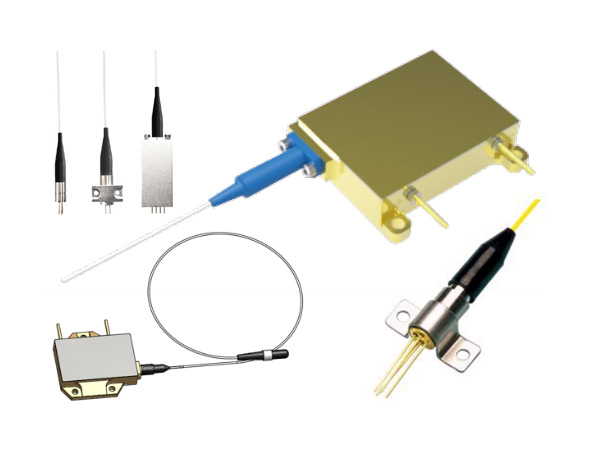Silicon nanoparticle is new candidate for ultrafast all-optic
A study published in the journal Nano Letters by physicists from the Department of Nanophotonics and Metamaterials of ITMO University (St. Petersburg, Russia) describes the feasibility of designing an optical analog of a transistor based on a single silicon nanoparticle. Because transistors are some of the most fundamental components of computing circuits, the results of the study have crucial importance for the development of optical computers, where transistors must be very small and ultrafast at the same time.
RELATED ARTICLE: Optical transistor enables 20X single-photon amplification for all-optical data processing
The performance of modern computers, which use electrons as signal carriers, is largely limited by the time needed to trigger the transistor--usually around 0.1 to 1 ns. Next-generation optical computers, however, rely on photons to carry the useful signal, which heavily increases the amount of information passing through the transistor per second. For this reason, the creation of an ultrafast and compact all-optical transistor is considered to be instrumental in the development of optical computing. Such a nanodevice would enable scientists to control the propagation of an optical signal beam by means of an external control beam within several picoseconds.
In the study, the researchers put forward a completely new approach to design such optical transistors, having made a prototype using only one silicon nanoparticle.
The scientists found that they can dramatically change the properties of a silicon nanoparticle by irradiating it with an intense and ultrashort laser pulse. The laser thus acts as a control beam, providing ultrafast photoexcitation of dense and rapidly recombining electron-hole plasma whose presence changes the dielectric permittivity of silicon for a few picoseconds. This abrupt change in the optical properties of the nanoparticle opens the possibility to control the direction, in which incident light is scattered. For instance, the direction of nanoparticle scattering can be changed from backward to forward on a picosecond timescale, depending on the intensity of the incident control laser pulse. This concept of ultrafast switching is very promising for designing an all-optical transistor.
"Generally, researchers in this field are focused on designing nanoscale all-optical transistors by means of controlling the absorption of nanoparticles, which, in essence, is entirely logical. In high absorption mode, the light signal is absorbed by the nanoparticle and cannot pass through, while out of this mode the light is allowed to propagate past the nanoparticle. However, this method did not yield any decisive results," says Sergey Makarov, lead author of the study and senior researcher at the Department of Nanophotonics and Metamaterials. "Our idea is different in the sense that we control not the absorption properties of the nanoparticle, but rather its scattering diagram. Let’s say, the nanoparticle normally scatters almost all incident light in the backward direction, but once we irradiate it by a control pulse, it becomes reconfigured and starts scattering light forward."
The choice of silicon as a material for the optical transistor was not accidental. Creating an optical transistor requires the use of inexpensive materials appropriate for mass production and capable of changing their optical properties in several picoseconds (in the regime of dense electron-hole plasma) without getting overheated at the same time.
Posted by Gail Overton, Senior Editor, Laser Focus World, Sept. 10, 2015
 English
English Français
Français Deutsch
Deutsch euskara
euskara Русский язык
Русский язык Italiano
Italiano Português
Português Nederlands
Nederlands Polski
Polski Greek
Greek Lietuva
Lietuva Türkçe
Türkçe 日本語
日本語 한어
한어 中文
中文 தாமில்
தாமில் فارسی
فارسی हिंदी
हिंदी Tiếng Việt
Tiếng Việt ภาษาไทย
ภาษาไทย Pilipino
Pilipino Indonesia
Indonesia தாமில்
தாமில்





